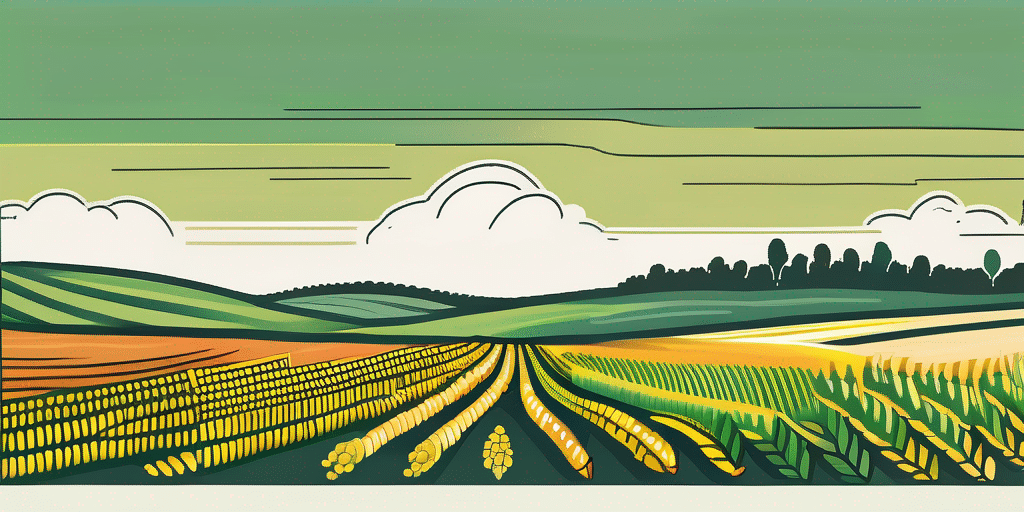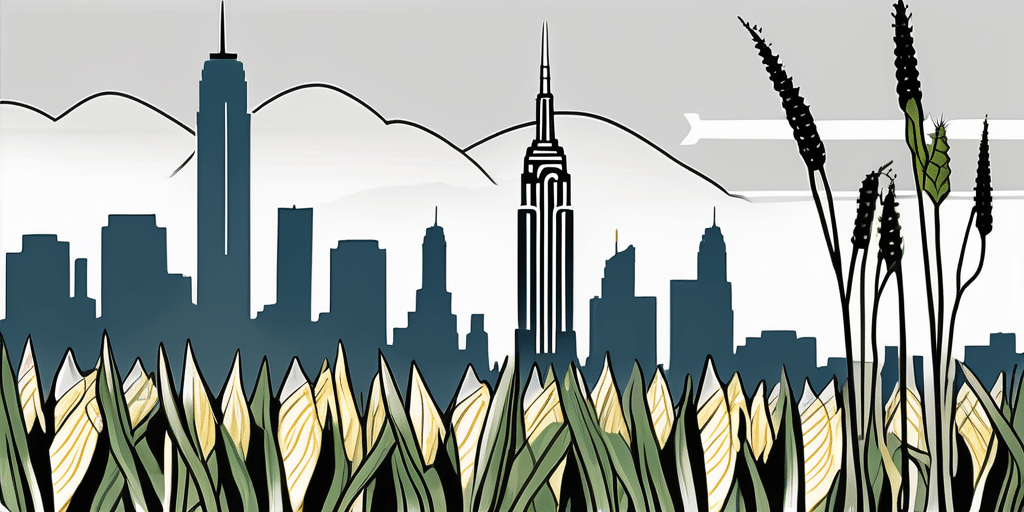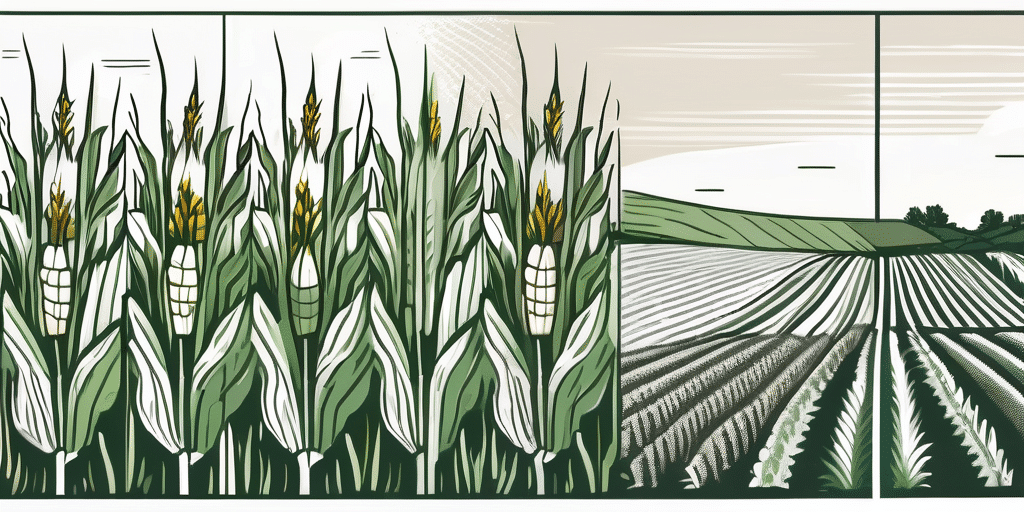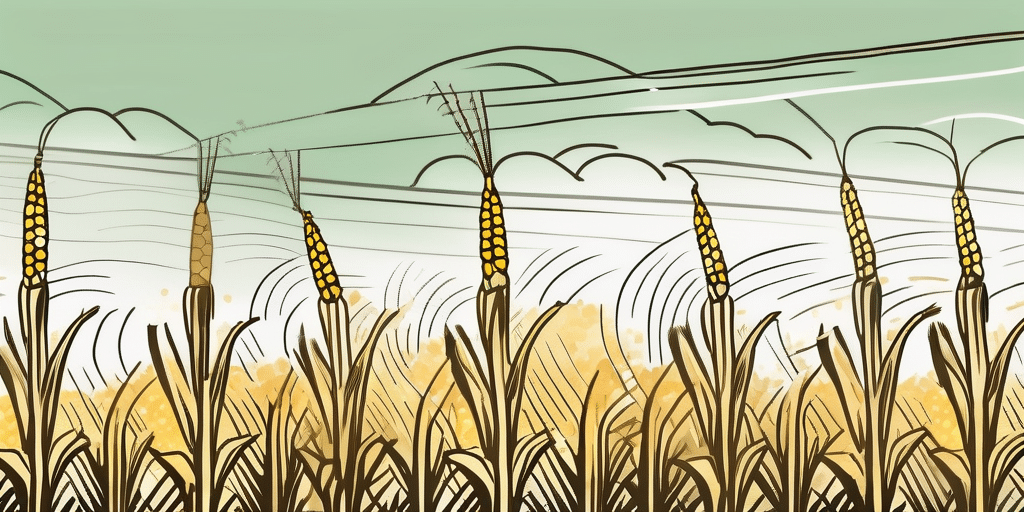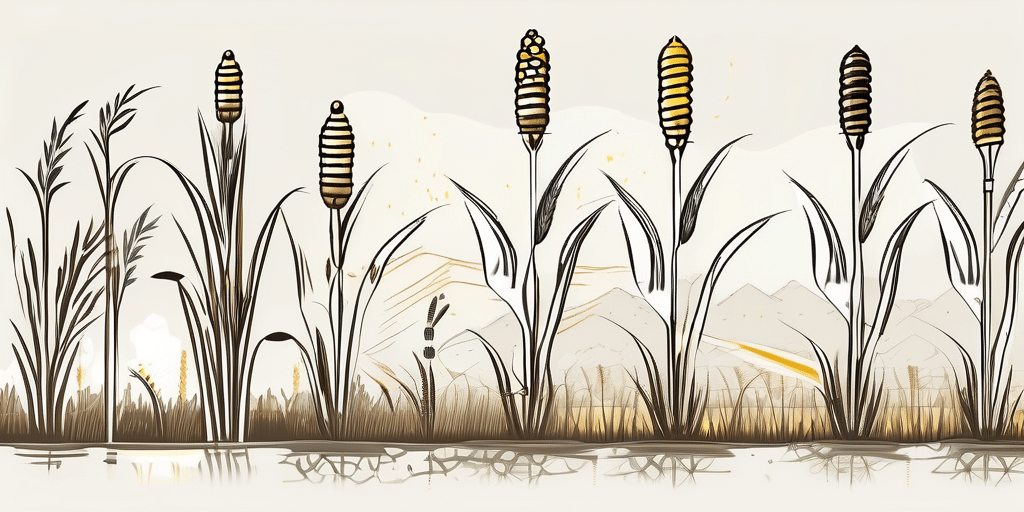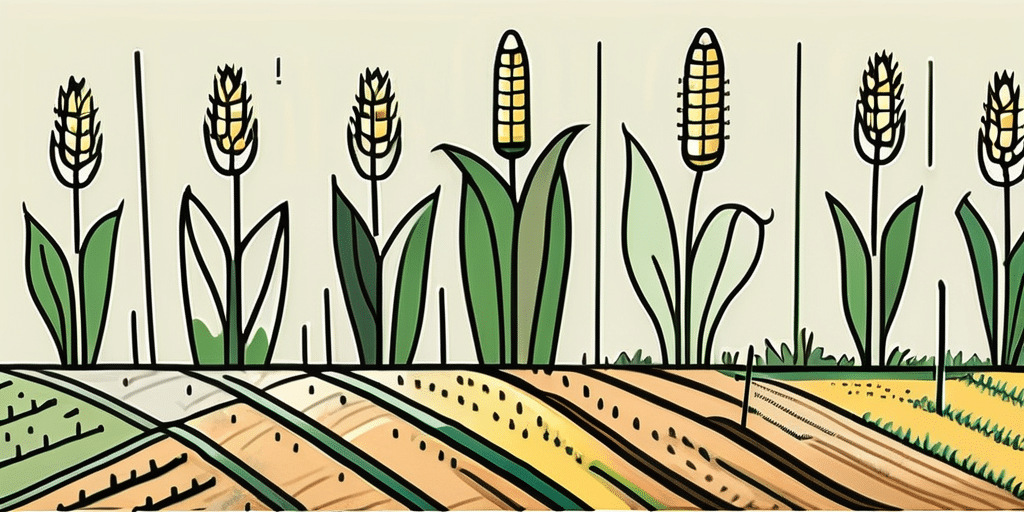When it comes to choosing the perfect variety of corn for your garden or dinner table, there are plenty of options to consider. Two popular varieties, Ruby Queen Corn and Serendipity Corn, often steal the spotlight. In this article, we’ll explore the characteristics, pros, and cons of both types, helping you make an informed decision about which one is right for you.
What is Ruby Queen Corn?
Ruby Queen Corn, also known as Zea mays ‘Queen Ruby’, is a vibrant and eye-catching variety of sweet corn. It is known for its deep red kernels, which burst with flavor and sweetness. Ruby Queen Corn is a mainstay of many home gardens and is a favorite among corn enthusiasts.
One of the key features of Ruby Queen Corn is its exceptional disease-resistance, making it a reliable choice for both home gardeners and commercial farmers. It grows well in a variety of climates and is adaptable to different soil conditions.
When it comes to cooking, Ruby Queen Corn is versatile and can be enjoyed in various ways. Whether you prefer to grill, steam, or boil your corn, Ruby Queen’s kernels retain their vibrant red hue, adding a pop of color to any dish. The sweetness of Ruby Queen Corn makes it a popular choice for fresh salads, salsas, and even soups.
Furthermore, Ruby Queen Corn is not only a treat for the taste buds but also a feast for the eyes. Its striking red color stands out in gardens, making it a beautiful ornamental plant in addition to being a delicious vegetable. The tall stalks and lush green leaves of Ruby Queen Corn add a touch of elegance to any garden landscape, creating a visual delight for gardeners and visitors alike.
Pros & Cons of Ruby Queen Corn
Like any crop, Ruby Queen Corn has its advantages and disadvantages. Let’s explore some of them:
Ruby Queen Corn, a beloved variety among corn enthusiasts, offers a plethora of benefits that make it a top choice for many gardeners and farmers. One of its standout features is its exceptional flavor profile, characterized by a delightful burst of sweetness with every bite. This makes it a popular option for culinary enthusiasts looking to elevate their dishes with fresh, high-quality ingredients.
In addition to its superior taste, Ruby Queen Corn boasts excellent disease resistance, reducing the need for extensive maintenance and chemical interventions. This resilience not only simplifies the cultivation process but also contributes to a more sustainable and eco-friendly approach to farming. Furthermore, the corn’s striking deep red kernels not only enhance the visual appeal of any meal but also indicate its rich nutritional content, making it a wholesome choice for health-conscious consumers.
- Pros:
- Ruby Queen Corn is known for its exceptional flavor, with each bite offering a burst of sweetness.
- It has excellent disease-resistance, making it a low-maintenance option for gardeners and farmers.
- Ruby Queen Corn produces beautiful, deep red kernels, adding visual appeal to any dish.
- It can be harvested and enjoyed fresh, or preserved by freezing or canning for future use.
- Cons:
- Ruby Queen Corn may take a bit longer to mature compared to other corn varieties.
- While it has some tolerance to drought, it prefers consistently moist soil.
What is Serendipity Corn?
Serendipity Corn, or Zea mays ‘Serendipity’, is another popular sweet corn variety that offers a unique culinary experience. With its striking multicolored kernels, Serendipity Corn is a feast for the eyes and taste buds alike.
One of the distinguishing features of Serendipity Corn is its combination of sweetness and nuttiness. When cooked, the kernels burst with a delightful crunch and release a complex flavor profile that is truly one-of-a-kind.
Originating from ancient Mesoamerican civilizations, corn has been a staple food for centuries. Serendipity Corn, with its vibrant hues ranging from deep purple to golden yellow, adds a modern twist to this age-old crop. The colorful kernels not only make for an attractive addition to any dish but also indicate a rich antioxidant content, making Serendipity Corn a nutritious choice.
When planting Serendipity Corn, it’s important to consider the spacing between each seed to allow for proper growth and development. This variety thrives in well-drained soil with ample sunlight, producing tall stalks that bear ears filled with the unique multicolored kernels. Harvesting Serendipity Corn at the peak of ripeness ensures maximum sweetness and flavor, perfect for grilling, steaming, or incorporating into salads for a burst of color and taste.
Pros & Cons of Serendipity Corn
As with any corn variety, Serendipity Corn has its own set of pros and cons. Let’s dive into them:
- Pros:
- Serendipity Corn offers a unique and exciting eating experience with its multicolored kernels and complex flavor.
- It is a relatively fast-maturing variety, making it an excellent choice for those who want to enjoy fresh sweet corn sooner rather than later.
- Serendipity Corn has good disease-resistance and can thrive in various growing conditions.
- Cons:
- The kernels of Serendipity Corn are smaller compared to some other sweet corn varieties.
- It requires consistent moisture to optimize growth and flavor.
Is Ruby Queen Corn or Serendipity Corn Right for You?
Now that we’ve explored the characteristics, pros, and cons of both Ruby Queen Corn and Serendipity Corn, you might be wondering which one is the right choice for you. The answer ultimately depends on your preferences and gardening goals.
If you value exceptional flavor and disease-resistance, Ruby Queen Corn might be the perfect fit for you. Its deep red kernels and versatility in the kitchen make it an excellent choice for any corn enthusiast.
On the other hand, if you’re looking for a unique eating experience coupled with a relatively fast maturity rate, Serendipity Corn might be the variety to explore. Its eye-catching multicolored kernels and complex flavor profile are sure to delight your taste buds.
Frequently Asked Questions
Here are some common questions about Ruby Queen Corn and Serendipity Corn:
- Q: How long does it take for Ruby Queen Corn to mature?
- Q: Can Serendipity Corn be used for freezing or canning?
- Q: Do Ruby Queen Corn and Serendipity Corn require a lot of water?
- Q: Are Ruby Queen Corn and Serendipity Corn genetically modified?
A: Ruby Queen Corn typically takes around 80-85 days to reach maturity from the time of planting.
A: Yes, Serendipity Corn can be preserved by freezing or canning for future use while retaining its delightful flavor.
A: Both varieties of corn thrive with consistent moisture. While they can tolerate some drought conditions, regular watering is recommended for optimal growth.
A: No, both Ruby Queen Corn and Serendipity Corn are non-genetically modified (non-GMO) varieties.
Now armed with knowledge about the characteristics, pros, and cons of Ruby Queen Corn and Serendipity Corn, you can confidently choose the variety that suits your taste and gardening preferences. Whether you opt for the deep red kernels of Ruby Queen Corn or the multicolored delight of Serendipity Corn, you’re sure to enjoy the bountiful flavors of these two fantastic corn varieties.
Join the How to Grow Everything Community
Ready to take your gardening skills to the next level? Subscribe for free to How to Grow Everything and learn how to build the garden of your dreams! Whether you’re a fan of Ruby Queen Corn’s sweetness or Serendipity Corn’s colorful bounty, we provide personalized gardening advice tailored to your specific location, grow zone, and experience level. No spam, just the best gardening tips, special offers, and deals delivered straight to your inbox. Join our family of garden enthusiasts and enjoy thousands of free growing and gardening articles. Subscribe now and let’s grow together!

